#idiot yuri
Note
Elora but wearing this shirt and standing next to Peepers (it just has their vibes)

SORRY I would've put more effort into it but I'm tired :3

He's less angry and more confused...like girl was the red arrow to show how short I am necessary!!! (It was)
#also i made that transfem peepers post earlier and this could also be her sillay way of supporting him#her and her he/him wife..... yeahg....#idiot yuri#wander over yonder#commander peepers#woy oc#woy ocs#oc x canon#oc x canon community#aquamarine#my art#asks
43 notes
·
View notes
Text
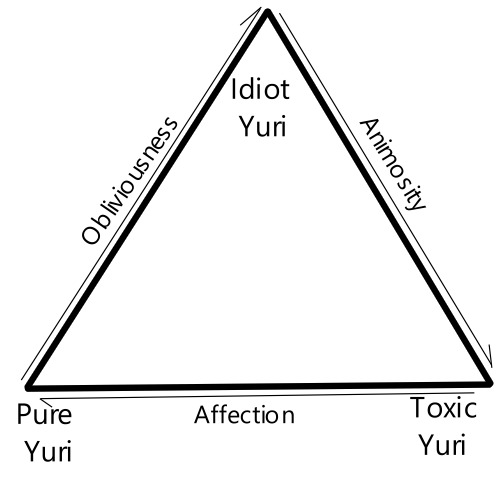
Yesterday I ended up spending too much time creating this diagram in order to describe yuri, and now I feel a need to actually go in and explain the description.For the purposes of this diagram, Yuri is described as some level of relationship between two girls (This will be explained why girls here is in part inaccurate) that is deeper in some form then their relationship is with others too a degree that it is an important aspect of the narrative, characters, and/or framing of the story in such a way that it can be construed as having a romantic or similar tone to it either in an overt or an implied manner. Similar tone here can be used to describe things such as rivalries, sexual attraction, pure lust, hatred, basically anything that is in some way an intense emotional relationship between the two. In this case, two characters who are friends may be excluded from being considered Yuri because they do not have an intense emotional bond in the relationship, because it is secondary to their relationship with other characters (In terms of emotional depth usually, narrative importance has never stopped yuri shipping or yuri bait from being applied), or because the friendship is largely unimportant in it's role for the story or the characters. Other reasons are possible but are often less used.
Now it's time for a definition of terms, I will try to use specific examples of relationships when discussing these, and as such it will contain spoilers. I will make an attempt to give proper warning but if Tumblr has a way of spoiler text I don't know what it is so expect spoilers to be forewarned but not hidden.
Starting off we have 'Pure Yuri,' I'll be using Sakura trick as an example later on so if you don't want to be spoiled for it (Not that I'm sure that you can really be spoiled about it). Pure Yuri is yuri that is emblematic of the common image of yuri from the mid to late 2010s online or in general culture that would be aware of such. Pure Yuri tends to be Yuri where both characters are aware that they have feelings for each other, and reciprocate them in a way that acknowledges both parties feelings, and in a way that has genuine affection involved. While it doesn't show a problem free existence, it's typically one in which issues that are a result of the relationship are quickly resolved and/or meaningless or alternatively ones in which they are primarily a result of others people not either of the people involved in said Yuri. Sakura Trick for instance, has the two main characters of it 'Yuu' and 'Haruka' engaging in a romantic relationship with each other through kissing and spending time with just the two of them as a solution to being split apart in class. The issues here are ones that are largely irrelevant, but they do serve as a framing for the focus which is on the relationship between Yuu and Haruka as well as how it's special compared to their other relationships. This focus on the relationship, and it's focus on it as something that is uniquely pure is the cornerstone of a lot of pure yuri. This applies to many forms of Yuri in which the focus is on a lewd relationship as well, and even in these cases it is often times framed as something that is more pure then other forms of lewd behaviors and even sex. Some forms of pure yuri that are focused on lewd behaviors, Virgin's Empire for example doesn't show those involved in the lewd shenanigans afoot as inherently pure (Often times quite the opposite) however, there is still a focus on it being something that all parties are aware of the emotional investment of desire and lust between the parties involved, and being more then happy to engage with those feelings. Pure Yuri ends up being something that is primarily about the relationship between the two girls in a way that is in many ways celebratory of the relationship as well, and this ends up being what defines it. This doesn't mean that the two will end up together, in fact due to some japanese cultural beliefs about the relationships young girls should hold and ideas of tragedy, it is common in a lot of works for them to explicitly not end up together. This has been changing as more and more works come out where the girls do get together in the end.
#yuri#pure yuri#yuri triangle#How much is too much to write about Yuri?#THere's never enough yuri#idiot yuri#toxic yuri
17 notes
·
View notes
Text
Aziraphale is a keeper of the divine order who instinctively creates clutter and turmoil. Crowley is an agent of chaos who stress cleans like an addict. These two ineffable idiots really are perfect for each other.
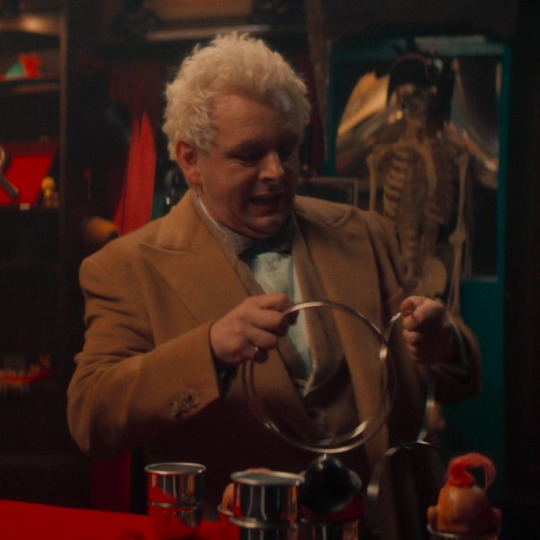
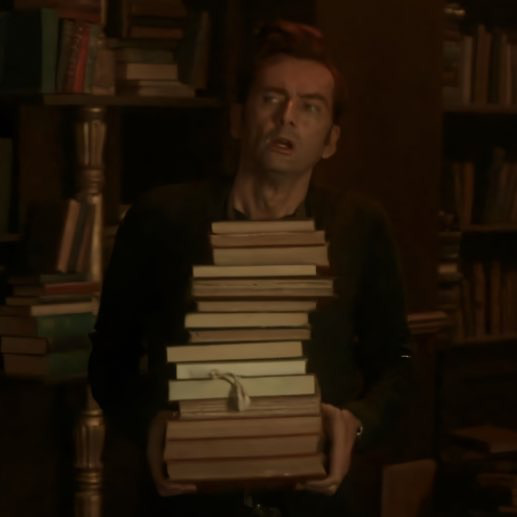
#two silly little guy-shaped beings#two halves of a whole idiot#balancing each other out#love them so much#neurodivergent omens#good omens#ineffable husbands#aziraphale#crowley#yuri is doing her thing#procrastinating again#good omens meta
3K notes
·
View notes
Text
ok guys listen I figured it out
so my favourite trope is not just enemies to lovers. It's the idiots-dynamic.
No, not idiots-in-love (though I do love it) but when one character who is always smart about everything in life turns stupid only when it comes to their partner or their relationship, MEANWHILE the other one who is an idiot all the time turns into the smartest person ever when it comes to the partner and their relationship.
Thank you for coming to my ted-talk
#andreil#aftg#satosugu#jjk#itafushi#wesper#kanej#sterek#patrochilles#spideypool#lawlight#death note#sherlock x moriarty#yuukoku no moriarty#moriarty the patriot#sherliam#vanitas x noé#malec#this was a random one#lmao i forgot my other ships#will add em later ig#enemies to lovers trope#idiots in love#yuri x victor#yuri on ice#yoi#viktuuri#cynonari#xiaother#kavetham
9K notes
·
View notes
Text
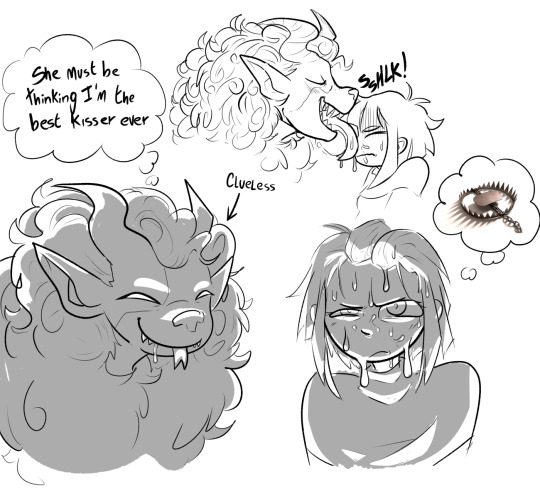
kissing w/ tongue
demon and nun AU by @spitinsideme
#bitch you got a new hairstyle for free! what you looking crazy for!!#and then there's the clueless idiot by her side#anyway#they were made for each other#hope i'm not bothering you by tagging you in all of my posts related to your AU#sorry spitsy!!#if it bothers tell me and i will stfu!!!#my art#tadc#the amazing digital circus#tadc fanart#tadc au#tadc ragatha#tadc pomni#harlequilt#buttonblossom#pomni x ragatha#digital yuri#ragapom#jesterdoll#tadc art
395 notes
·
View notes
Text

#yoi#yuri on ice#victor nikiforov#yuri katsuki#yuuri katsuki#katsuki yuri#katsuki yuuri#yuri memes#bad jokes#anime memes#IM SORRY I KNOW ITS TERRIBLE#im sorry for this#idiot sandwich#gordon ramsey meme#gordon ramsay#yuri!!! on ice#victuuri
2K notes
·
View notes
Text

I have realised you'll probably all enjoy the presentation I gave at the PowerPoint Party we had for my husband's birthday.
It was VERY detailed.
#to clarify i am not yucking mpreg necessarily#this was a guide to how to navigate fanfic websites and tags go watch out for#like i had to go back to 'what does “smut” mean' and go from there#mpreg#ao3#fanfic#ao3 fanfic#dramione#drarry#good omens#ineffable husbands#ineffable idiots#yuri on ice#destiel#ao3 stuff#omegaverse#fan fic#harry potter fanfiction#marauders#jegulus#wolfstar
889 notes
·
View notes
Text
dostoy fandom not ready for the manga idea i had a year ago thats loosely raskolnikov and alyosha doing hot girl shit together
#IT WAS AN IDEA THATS LIKE “LOOSELY BASED OFF DOSTOY” BUT ALSO RODYA/ALYOSHA FUNNY AS FUCK#dostoevsky#the brothers karamazov#crime and punishment#and when i read the idiot and devils now im like. i have so many more toxic gay people i can add#INCLUDING NASTASYA/AGLAYA THE TOXIC YURI OF ALL TIME#im laughing dont look at me dont ask#dostoy fandom hiii#im being normal i promise
133 notes
·
View notes
Text
i just love the pure chaos potential that this duo (anya and yuri) holds. so so much.
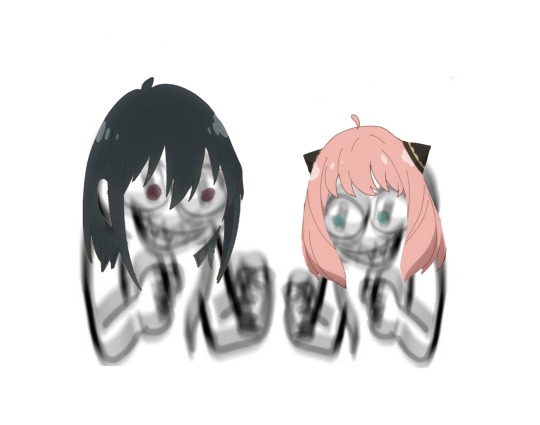
#its been rotting my brain#for the past few days#spy x family#yuri briar#anya forger#chaotic uncle and his minion in crime!#i love them#they are idiots#literally no braincell in sight#shitpost
148 notes
·
View notes
Text

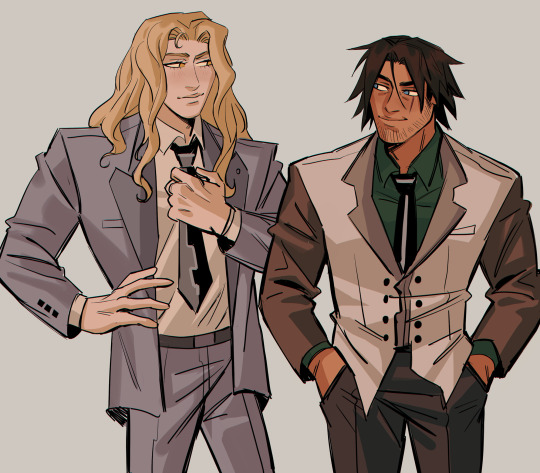
Today is Halloween which means I'm rewatching Castlevania again
And i did a little crossover with my fav blorbos 😳 they all really look alike
#my art#tiger and bunny#castlevania#toratsuki#trevorcard#yuri who taught you to hold a sword like that#reckless idiot (affectionate)#fr why do they look alike so much#coincidence??#there's no such thing as a coincidence#kotetsu kaburagi#yuri petrov#trevor belmont#adrian tepes
2K notes
·
View notes
Text
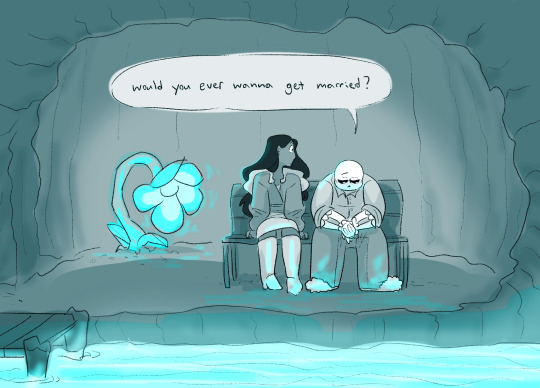


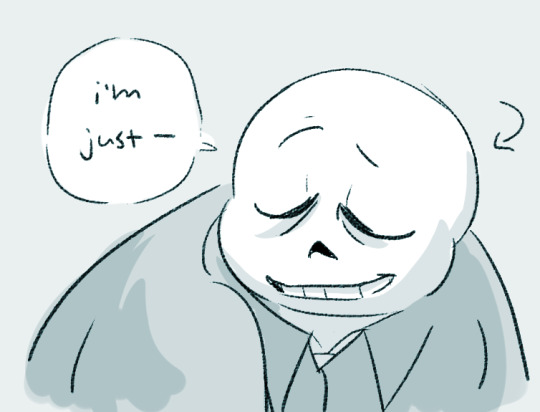



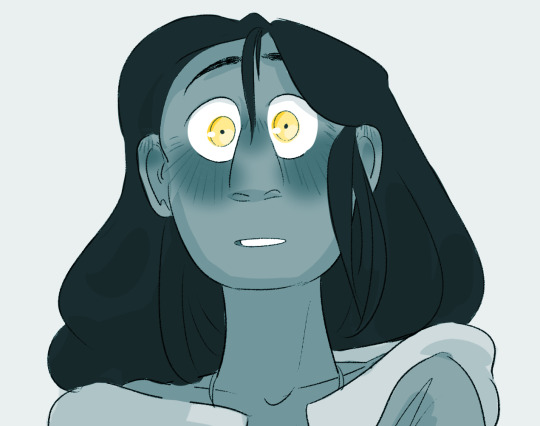

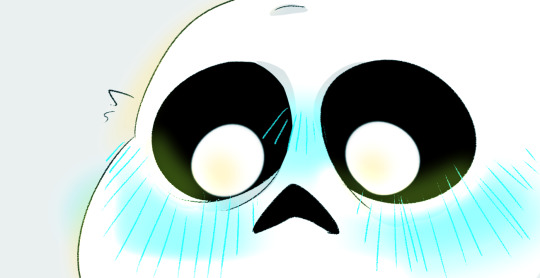

say it's here where our pieces fall in place ;u;
(scene from chapter 136) | PART ONE
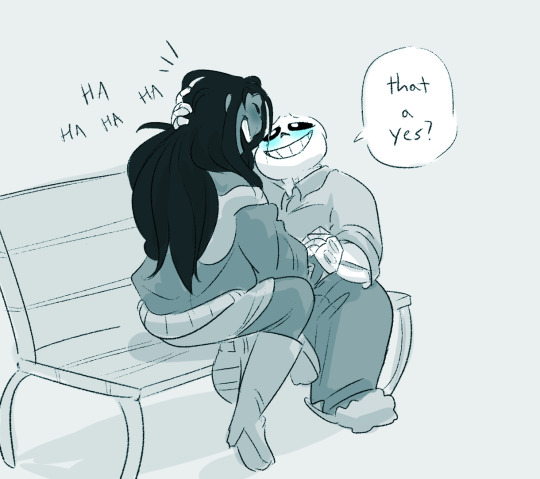
#undertale#undertale fanfiction#jack of all trades#sans#naya#sanaya#sans x oc#my art#chapter art#comic#undertale oc#GET YURI ON ICE'D IDIOT!!!!!!!!!!!!!!!#bro#dude#i can't like#i can't describe the joy this brings me.......#it's the same rush i got doing the rachel comic but COMPLETE opposite vibes#like absolute unadulterated love and joy and peace#i think it looks really really really good too#can i confess?#i wasn't always gonna have them get engaged#cuz it doesn't super matter to the fact that they're committed fo life#but then the line came to me#'i'm not asking asking i'm just.... ...asking'#and i've been JKDFL;AJKSLC;MNKDL;SAJF ever since
927 notes
·
View notes
Text
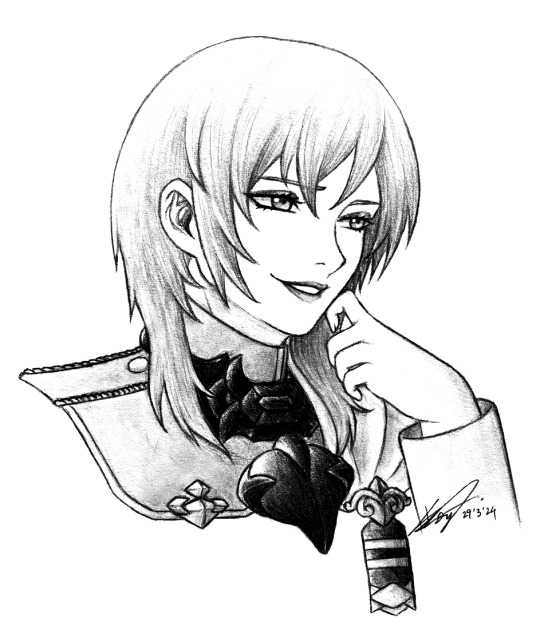
#yuri leclerc#fire emblem#fire emblem three houses#fe3h#tell me why i was about to tag this as yuri lowenthal instead#the face you make when the idiot in your friend group is at it again#such a pretty mockingbird <3#one more left!!#my art
89 notes
·
View notes
Text
"Korrasami had no buildup" uh oh.. looks like someone forgot to put on their Yuri Goggles..
75 notes
·
View notes
Text
Thinking rlly hard about how ivan strangled till with his thumbs over the arteries and not the windpipe. It was never a way to end till himself or a double suicide attempt it was purely selfishly sacrificial.
#alien stage#alnst#alnst till#alnst ivan#alien stage spoilers#alnst theory#i dont think ive seen people point this out#but theres a very specific way to strangle someone to kill them#and thats not it#that and the lack of any markings after ivan lets go#stupid idiot..... go join sua in gay baby hell ivan#doomed toxic yaoi versus doomed pure yuri fight#lehmon.txt
86 notes
·
View notes
Text
A. Z. Fell & Co. bookshop and its statues, part 2
Welcome to the second part of my insane deep dive into Aziraphale’s world of slightly outdated decor, golden-colored trinkets, and their ostentatiously Greek (especially for a representative of an originally Judeo-Christian mythology) symbolism. As a short recap, the last installment covered six pieces in the northern and central sections of the bookshop plus a plot-important medal previously displayed on one of them, but currently left with the other bibelots on the bookseller’s desk. We’ll start right there, where we previously left off.
While a lot of the bookshop action plays out in the circle between the formerly discussed statues, its office part is especially close to Aziraphale himself. As the titular Guardian of the Eastern Gate, the angel consciously spends most of his time in this small space in the Eastern part of the bookshop, confined to his desk or reading stand. This means that the decorations of this area have more personal significance and are most probably used as daily reminders for him to keep his thoughts and priorities on track as much as provide pleasant distraction from the weary eyes.

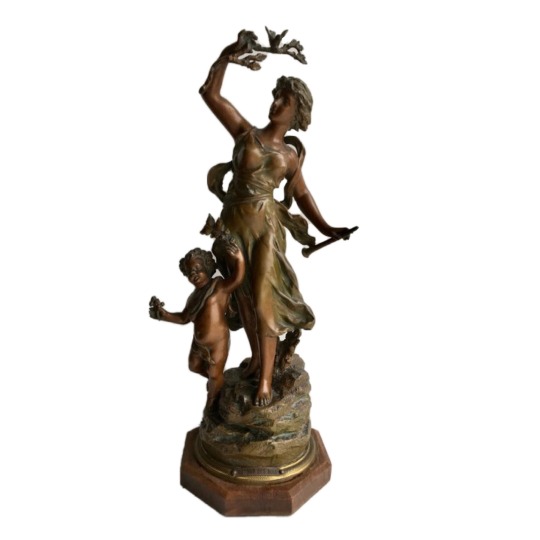
The two windowsill figures of the Art Deco dancers from S1 were replaced by a somewhat similar set of twin statues by Ernest Rancoulet called Retour des Bois (Return from the Woods). Depicting a young woman accompanied by a putto, Aphrodite and Eros, frolicking in a dance through the woods and meadows. This bucolic fantasy with Aphrodite makes some sense when we consider how Aziraphale’s personal love story started (and will presumably end) in a garden, but let’s deep deeper into its protagonists. Or protagonist, actually, because what else can be told about Love itself?
Eros as the god of Desire is usually presented in art as a handsome young man, though in some appearances he is a boy full of mischief, ever in the company of his mother. It is usually under the guidance of Aphrodite when he employs his signature bow and arrows to make mortals and immortals alike to fall in love. His role in myths is mostly complementary, as a catalyst for other mythological figures and their stories, with the notable exception being the myth of Eros and Psyche, the story of how he met and fell in love with his wife.
In short, they are the original star-crossed lovers from entirely separate worlds who meet and fall in love by divine happenstance, only to be separated by Psyche’s family. Convinced by her sisters that her husband is, in fact, a vile winged serpent, Psyche breaks his one rule and the attempt to kill the monster leads her to falling in passionate love with him. Eros flees and Psyche wanders the Earth searching for him and succumbing to a series of impossible tasks reminding of those from the Scarborough Fair ballad or the more modern fairytale about Cinderella. She ultimately fails, but is saved by the healed Eros, granted immortality and the status of his equal, after which they can properly marry with a huge wedding banquet, a real feast of the gods.
In the Christian Middle Ages, the union of Eros and Psyche started to symbolize the temptation and fall of the human soul, driven by the sexual curiosity and lust from the Love’s domain, mirroring the original sin and the expulsion from Eden.
Oh, and their Latin names? Cupid and Anima. C+A.
We’ll get back to them in a minute.

According to unnecessary but extensive research, the two mid-century table lamps standing over the desk were most probably produced in France after another unspecified 19th century sculptor like the example above, although this particular putti design can be also found in the so called Hollywood regency style of the same time period. The putto is holding onto a cornucopia, a classical antiquity symbol of plenty, which then continues to the bulb section.
The cornucopia is an easily recognizable symbol of abundance, fertility and, to lesser extant, peace and good fortune. Since the horn is phallic-shaped, but hollow at the same time, it combines intimate imagery of both male and female character at the same time, which further ties into notions of fertility. In its role as a fertility symbol, the cornucopia is also usually associated with Demeter, whose small statue is also standing on the bookshop’s counter. Which seems like a recurring theme.

I saw multiple theories about Aziraphale’s centerpiece, but somehow the truth proved to be much less significant than previously thought. This roman soldier, possibly a centurion, driving his two horses in a highly decorated chariot is made from a marble powder resin composite and takes the most visible place in the Eastern part of the bookshop even though it’s seemingly one of the newest additions to Aziraphale’s collection — its author, Lorenzo Toni, was born in 1938 and became a sculpture master by the 1970s.
At first glance, the parallel to the Marly Horses seems obvious and we could leave it basically at what was written recently on Crowley and Aziraphale’s dynamics. But here is where instead of commenting on the antique sculpture that seems to be the inspiration behind this piece or the many intricacies of Roman chariot racing I’ll do something completely unhinged — i.e., play my Greek philosophy card.
In the dialogue "Phaedrus ”, Plato presents the allegory of the chariot to explain the tripartite nature of the human soul or — you guessed it — psyche. The charioteer is the man’s Reason, the rational part that loves truth and knowledge, which should rule over the other parts of the soul through the use of logic. One of the horses, the white one, is man’s Spirit, a motivated part which seeks glory, honor, recognition and victory. The second horse, the black one, represents man’s Appetite — an ever so hungry part which desires food, drink, material wealth and physical intimacy.
And the fun part? This triad is established to analyze the madness of love. In a classical Greek context, that is not between a man and a woman, but erastes and eromenos:
The charioteer is filled with warmth and desire as he gazes into the eyes of the one he loves. The good horse is controlled by its sense of shame, but the bad horse, overcome with desire, does everything it can to go up to the boy and suggest to it the pleasures of sex. The bad horse eventually wears out its charioteer and partner, and drags them towards the boy; yet when the charioteer looks into the boy's face, his memory is carried back to the sight of the forms of beauty and self-control he had with the gods, and pulls back violently on the reins. As this occurs over and over, the bad horse eventually becomes obedient and finally dies of fright when seeing the boy's face, allowing the lover's soul to follow the boy in reverence and awe. The lover now pursues the boy. As he gets closer to his quarry, and the love is reciprocated, the opportunity for sexual contact again presents itself. If the lover and beloved surpass this desire they have won the "true Olympic Contests"; it is the perfect combination of human self-control and divine madness, and after death, their souls return to heaven.
And such a perfect combination of the motifs already introduced to us by the two Eros statues and the Head of the Victorious Athlete.

Aziraphale might be a titular Companion to Owls (or, to be precise, the companion to one particular Nite Owl), but he had also made sure to have at least one owl keeping him company. And of course, the owl of Athena (who was interestingly both a bird and a snake goddess) is an absolutely conclusion here as the universal symbol of wisdom and knowledge in the Western culture, but it can’t be that easy, right?
In the Bible, you'll find that owls often symbolize something unclean and forbidden, as well as desolation, loneliness, and destruction. This symbolic significance is pointed out in Leviticus 11:16-17 and Deuteronomy 14:11-17 where owls are mentioned among the birds not to be eaten. Owls were considered unclean most likely because they are predatory creatures who eat raw flesh with the blood still in it, and that was an even bigger food safety concern for the biblical nomads than to us today.
Owls are also among the wild predators that have long dwelled in the desert lands and abandoned ruins of Egypt and the Holy Land. Both Isaiah and Zephaniah speak of owls nesting in ruined wastelands to paint symbolic images of barrenness, emptiness, and utter desolation. In Psalm 102:3–6, the owl symbolizes the loneliness of the psalmist’s tortured heart:
For my days vanish like smoke; my bones burn like glowing embers. My heart is blighted and withered like grass; I forget to eat my food. In my distress I groan aloud and am reduced to skin and bones. I am like a desert owl, like an owl among the ruins. I lie awake; I have become like a bird alone on a roof. All day long my enemies taunt me; those who rail against me use my name as a curse. For I eat ashes as my food and mingle my drink with tears because of your great wrath, for you have taken me up and thrown me aside. My days are like the evening shadow; I wither away like grass. But you, Lord, sit enthroned forever; your renown endures through all generations.
It’s a devastating, but still beautiful piece that deals with the feeling of utter rejection, the ultimate bad breakup of the relationship between a human and their God. And this… simply didn’t happen between God and Aziraphale, not even during his Job job. The angel had always considered Her love and ineffability as a given, even when the whole Heavenly Host was against him during the Non-Apocalypse. His allegiance stayed with God, not necessarily Her angels. Which brings us yet again to the motion of Crowley as the owl.
The angel and the demon are the companions to each other's loneliness, but Aziraphale’s needs seem significantly bigger than their Arrangement that he even considered a wooden substitute protectively hovering over him 24/7. He seems to be the one who is the loneliest and most rejected.
Oh, and if you think that putting a small bronze statue of a putto with a bronze putto-shaped candleholder right behind it (visible on the filing cabinet in the bottom right corner) is already a stretch, let me show you what’s on the other side of that wall.


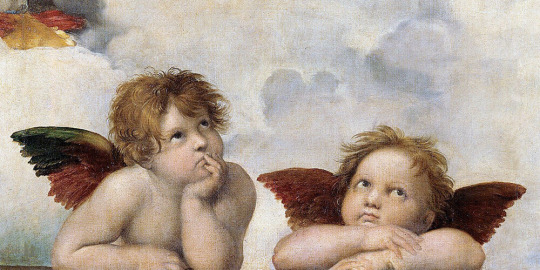
Just like before the bookshop fire, the famous sink in the small backroom is adorned with a perfectly kitschy white plaster sculpture of The Two Cherubs, a small part of a larger painting by Raphael (the painter, not the Archangel) titled Sistine Madonna. In the painting the Madonna, holding Christ Child and flanked by Saint Sixtus and Saint Barbara, stands on clouds before dozens of obscured putti, while two distinctive winged putti rest on their elbows beneath her. with bombastic side eyes and clearly unspoken, but very controversial thoughts about the whole scene and their role in it.
With an attitude like that, there’s no wonder that the putti have inspired some legends. According to one, the original cherubs were children of one of his models they would come in to watch. Struck by their posture, he added them to the painting exactly as he saw them. Another story says that Raphael was inspired by two street urchins looking wistfully into the window of a baker's shop.
The Germans implicitly tied this painting into a legend of their own, "Raphael's Dream." Arising in the last decades of the 18th century, the legend — which made its way into a number of stories and even a play — presents Raphael as receiving a heavenly vision that enabled him to present his divine Madonna. It is claimed the painting has stirred many viewers, and that at the sight of the canvas some were transfixed to a state of religious ecstasy akin to Stendhal Syndrome (including one of Freud's patients).
Their big, seemingly cherubic companion doesn’t seem to have a specific provenance, but what’s left of his limbs might suggest that it could be an infant Jesus as well as another putto. But honestly who knows at this point.
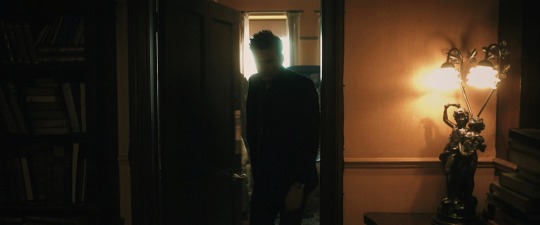

On the other side of the same room, right at the door leading to the big backroom, there are two lamps with Auguste Moreau’s Young Lovers, a bronze sculpture depicting a courting couple on the verge of a physical embrace, holding garlands of roses and hiding under some old vines. Which aligns perfectly with the beloved romcom trope of a rain shelter leading to sudden love realizations, as well as Crowley choosing this part of the bookshop to have a word with his angel in private and then offering his advice on anything related to human love. No wonder that the angel looked at him like that.
This statue carries with it more than one allegorical interpretation, intentional or not. Arguably the most obvious one is the myth of Eros and Psyche, one we already covered in this post. But similarly to his earlier sculpture, Eros also serves here as an allegory for nature and the return to the natural state itself. Like Adam in Eden, he's unclothed and symbolically crowned as a ruler of his domain. Psyche, enamored with his confidence, is about to take her own leap of faith as her fabric restraints fall away. One could say that she's tempted to follow him into nature, deep into the garden of love.
And with that exact thought I will leave you today, dear reader. Through this analysis we learnt many things, among them two significant facts about Aziraphale: firstly, he’s an utter and incorrigible romantic, and secondly, a hoarder. Forget Crowley’s souvenirs — the amount of this angel’s statues is something else. And it isn’t even his hyperfixation!
#yuri is doing her thing#good omens#good omens 2#go2#aziraphale#crowley#c+a#crowley needs a hug#aziraphale is a hoarder#ineffable idiots#ineffable husbands#ineffable divorcés#a. z. fell#a. z. fell & co.#aziraphale’s bookshop#bookshop statues#statues update#set design#the good omens crew is unhinged#raphael#greek mythology#bible fanfiction
131 notes
·
View notes
Text
If Trimax was more popular in the 2010's,
there would be at least one fake-dating AU in the Yuri Arc where Jessica tries to get Vash to marry her in all sorts of elaborated ways and Vash and Wolfwood gets to be silly for a week to make her give up.
Meanwhile, Brad is getting dragged along to help Jessica and suffer.
#trigun#trimax#Vashwood#Vashwood au#it came to me in a dream#vash#wolfwood#it would be funny#In my mind#It's for the drama#What that fic would NEED is a yaoi couple yuri couple normal couple love is love moment#Also at least one of them idiot is trying to emulate bad romance books they read once
61 notes
·
View notes